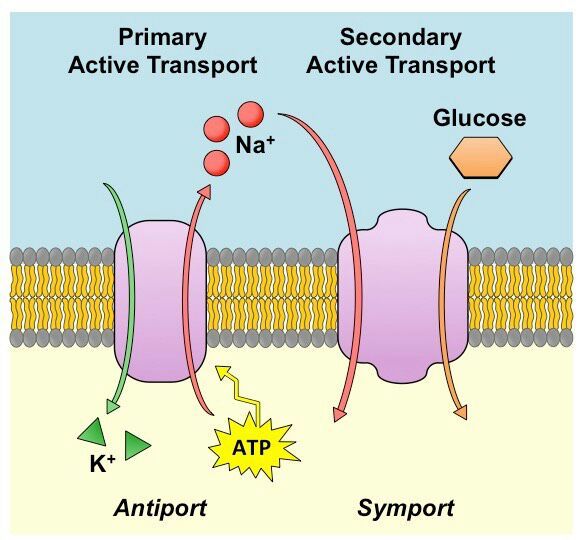
Cell Membrane Structure and Transport Terminology Science Amino
thebooklord 10 years ago Yes. ATP (Adenosine Tri-phosphate) is a necessity for cellular activities such as active transport to occur. The products of such a reaction are ADP (Adenosine Di-phosphate) and pi (Inorganic Phosphate). ATP consists of one nitrogenous base (Adenine), one sugar (Ribose) and three phosphates.
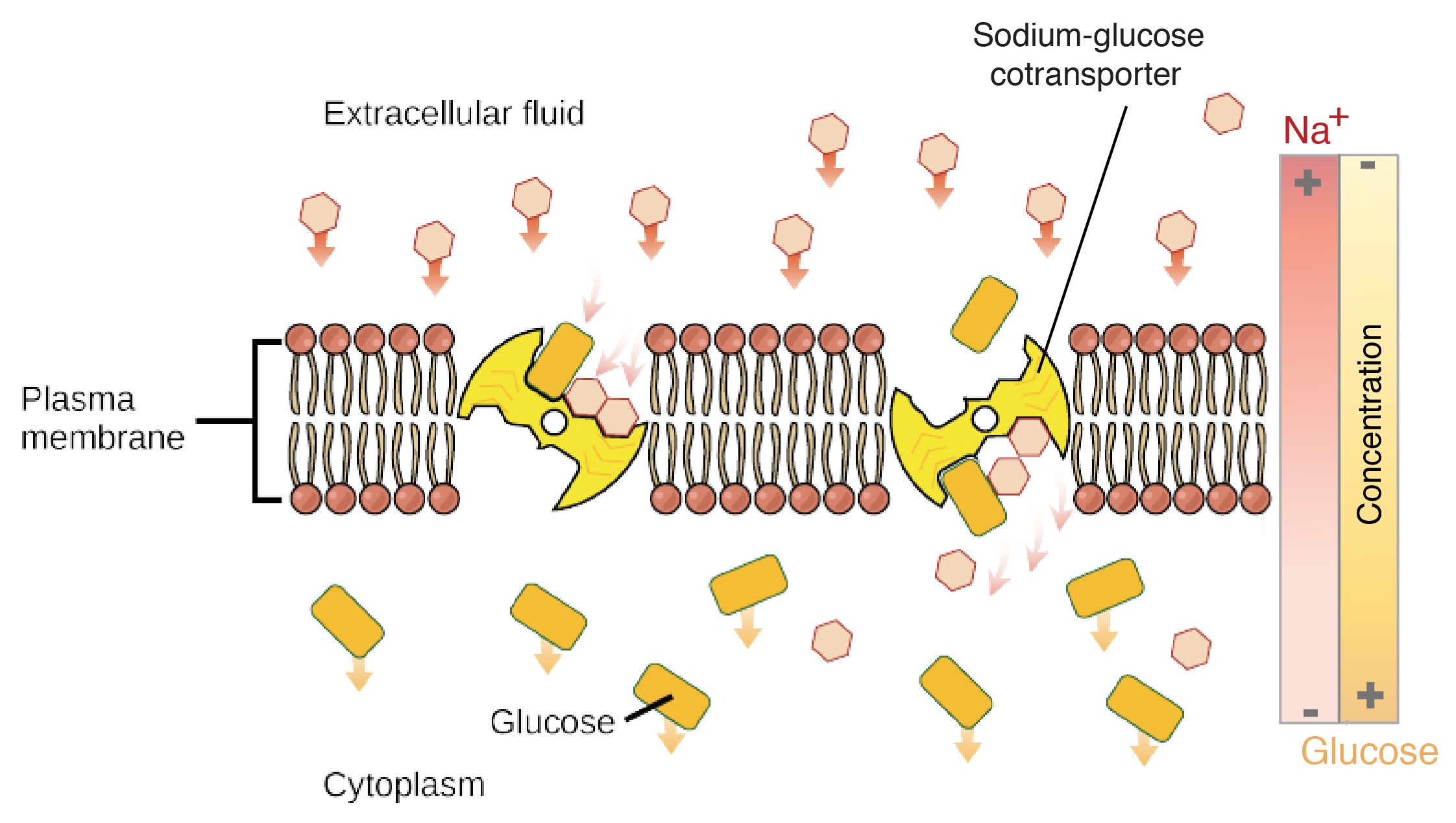
Secondary Active Transport ( Na glucose Class Eleven Chemistry
Introduction Passive transport is a great strategy for moving molecules into or out of a cell. It's cheap, it's easy, and all the cell has to do is sit there and let the molecules diffuse in. But.it also doesn't work in every situation. For instance, suppose the sugar glucose is more concentrated inside of a cell than outside.

Secondary Active Transport Diagram Quizlet
There are two kinds of secondary active transport: counter-transport, in which the two substrates cross the membrane in opposite directions, and cotransport, in which they cross in the same direction. Counter-transport An example of this system (also called antiport) begins with the sugar transporter described above.

Biopact Cellular Transport Transfection Technology
Secondary active transport moves multiple molecules across the membrane, powering the uphill movement of one molecule(s) (A) with the downhill movement of the other(s) (B). For example, SGLT2 is a glucose transporter that allows glucose (Molecule A) into our cells (against its gradient) by bringing in a sodium molecule (Molecule B) as well..
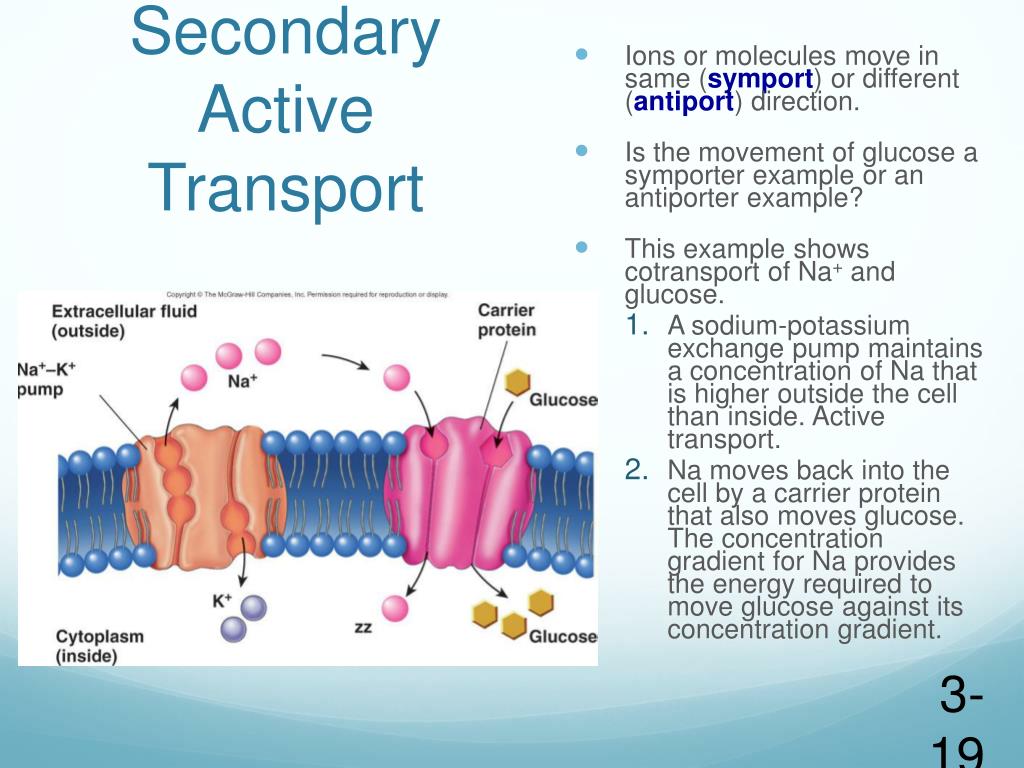
PPT Cell physiology PowerPoint Presentation, free download ID2021492
Active transport requires energy for the process by transporting molecules against a concentration or electrochemical gradient. Active transport is an energy-driven process where membrane proteins transport molecules across cells, mainly classified as either primary or secondary, based on how energy is coupled to fuel these mechanisms.

Secondary active transport Diagram Quizlet
The secondary transport method is still considered active because it depends on the use of energy as does primary transport. Figure 5.11.1 5.11. 1: Active Transport of Sodium and Potassium: Primary active transport moves ions across a membrane, creating an electrochemical gradient (electrogenic transport). One of the most important pumps in.

PPT CHAPTER 4 The Organization of Cells PowerPoint Presentation, free download ID6619728
The potential energy that accumulates in the stored hydrogen ions is translated into kinetic energy as the ions surge through the channel protein ATP synthase, and that energy is used to convert ADP into ATP. Figure 5.12.1 5.12. 1: Secondary Active Transport: An electrochemical gradient, created by primary active transport, can move other.
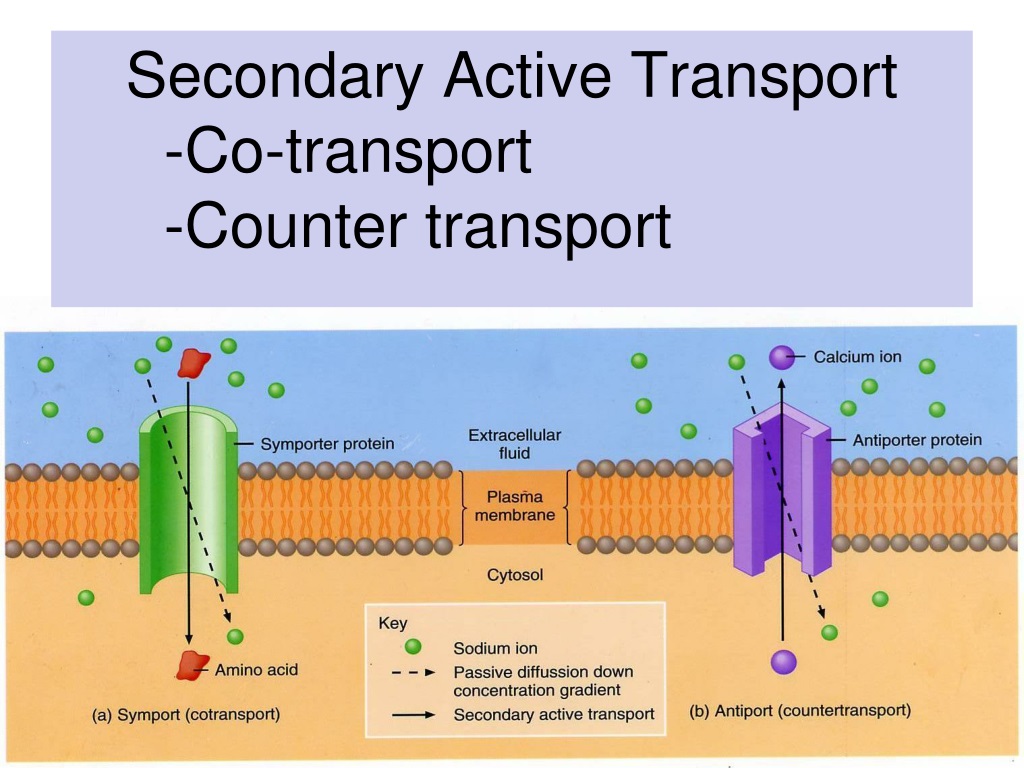
PPT Active Transport Mechanisms PowerPoint Presentation, free download ID9545798
In secondary active transport, the movement of a driving ion down an electrochemical gradient is used to drive the uphill transport of another ion/molecule against a concentration or electrochemical gradient. Two types of secondary active transport processes exist: cotransport (also known as symport) and exchange (also known as antiport).
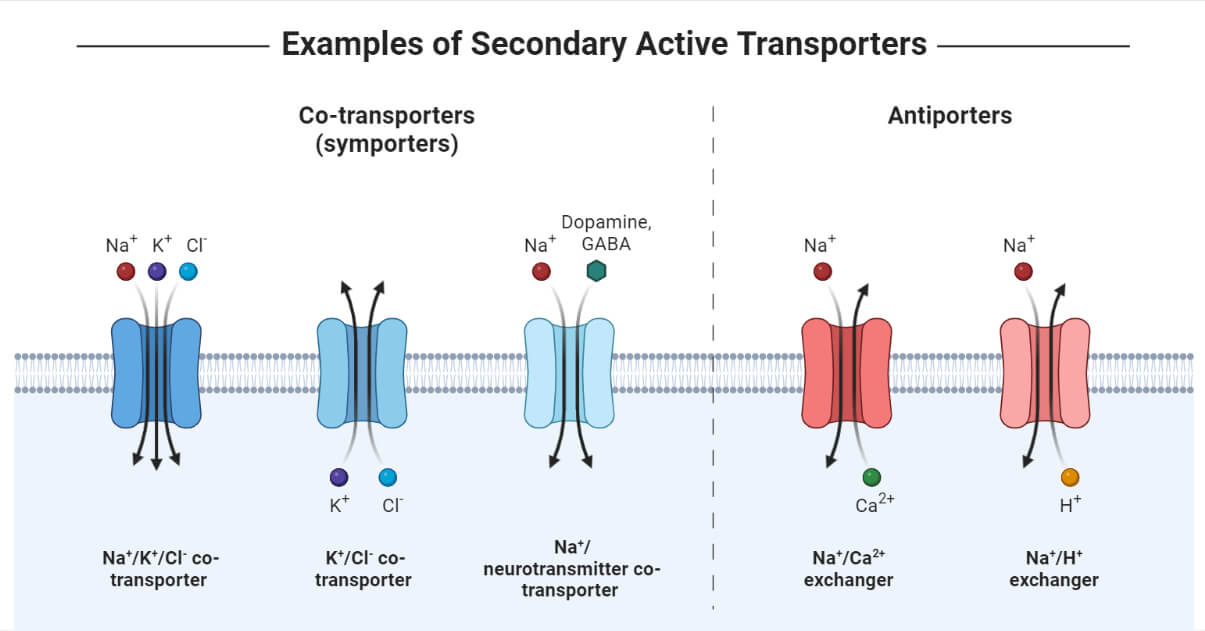
Active Transport Definition, Types, Process, Examples
Active transport. During active transport, substances move against the concentration gradient, from an area of low concentration to an area of high concentration. This process is "active" because it requires the use of energy (usually in the form of ATP). It is the opposite of passive transport. Image credit: OpenStax Biology.
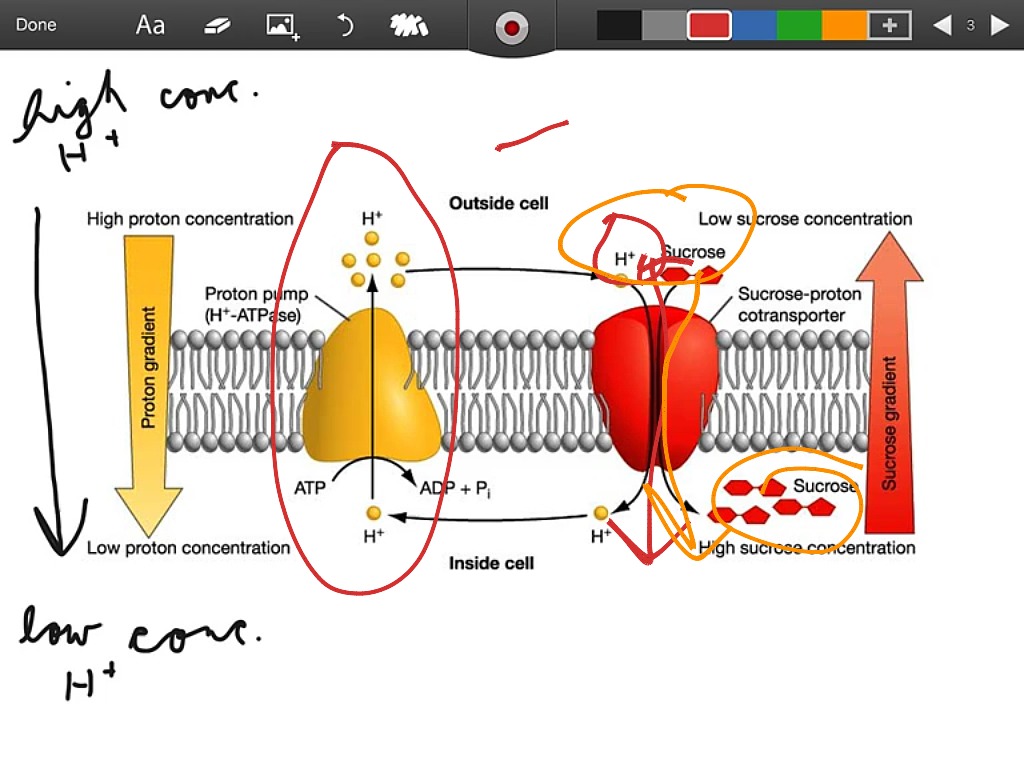
Secondary active transport Science ShowMe
Active transport is the process of transferring substances into, out of, and between cells, using energy. In some cases, the movement of substances can be accomplished by passive transport, which uses no energy. However, the cell often needs to transport materials against their concentration gradient. In these cases, active transport is required.
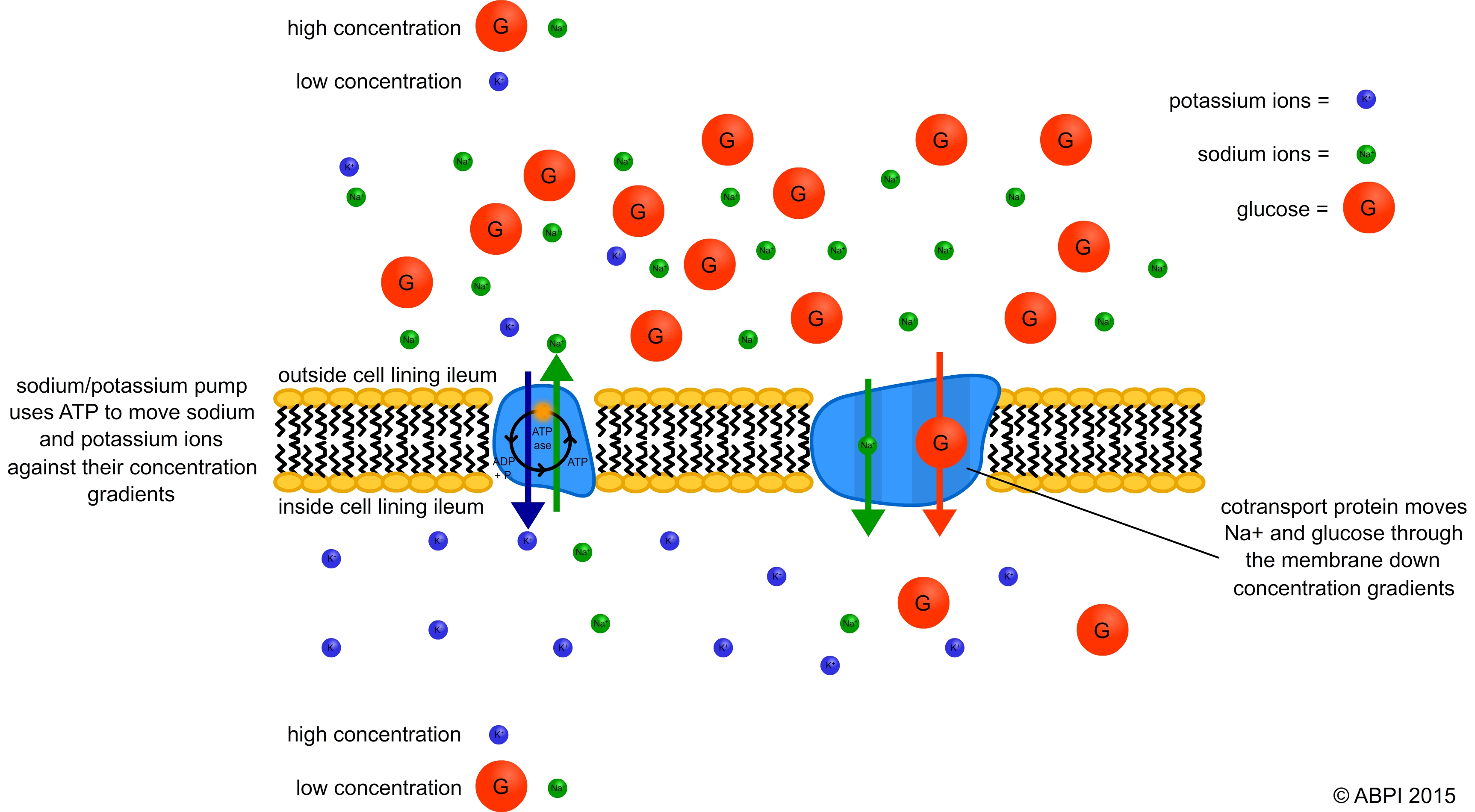
Active transport across cell membranes
Enables the secondary active transfer of sulfate from one side of a membrane to the other. Secondary active transport is the transfer of a solute across a membrane, up its concentration gradient. The transporter binds the solute and undergoes a series of conformational changes. Transport works equally well in either direction and is driven by a.
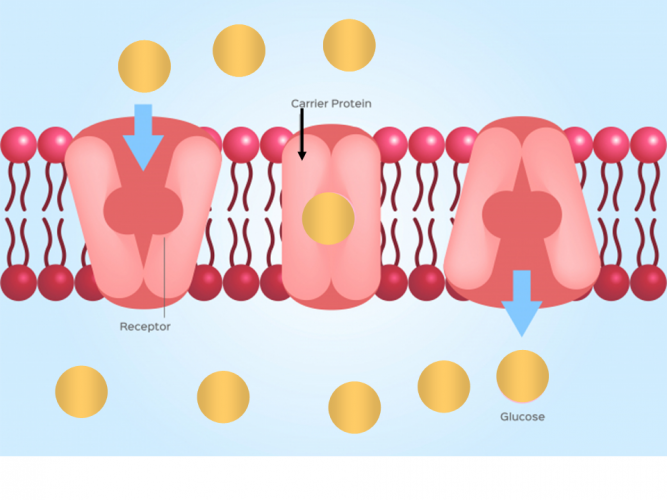
Explain How Cells Use Active Transport Worksheet EdPlace
Figure 1. Summary of Membrane Transport Processes. Only a limited number of molecules can cross biological membranes without the aid of transport proteins. The majority of biologically relevant molecules and ions utilize membrane transport proteins to cross the membrane. Transport systems may be passive or active.
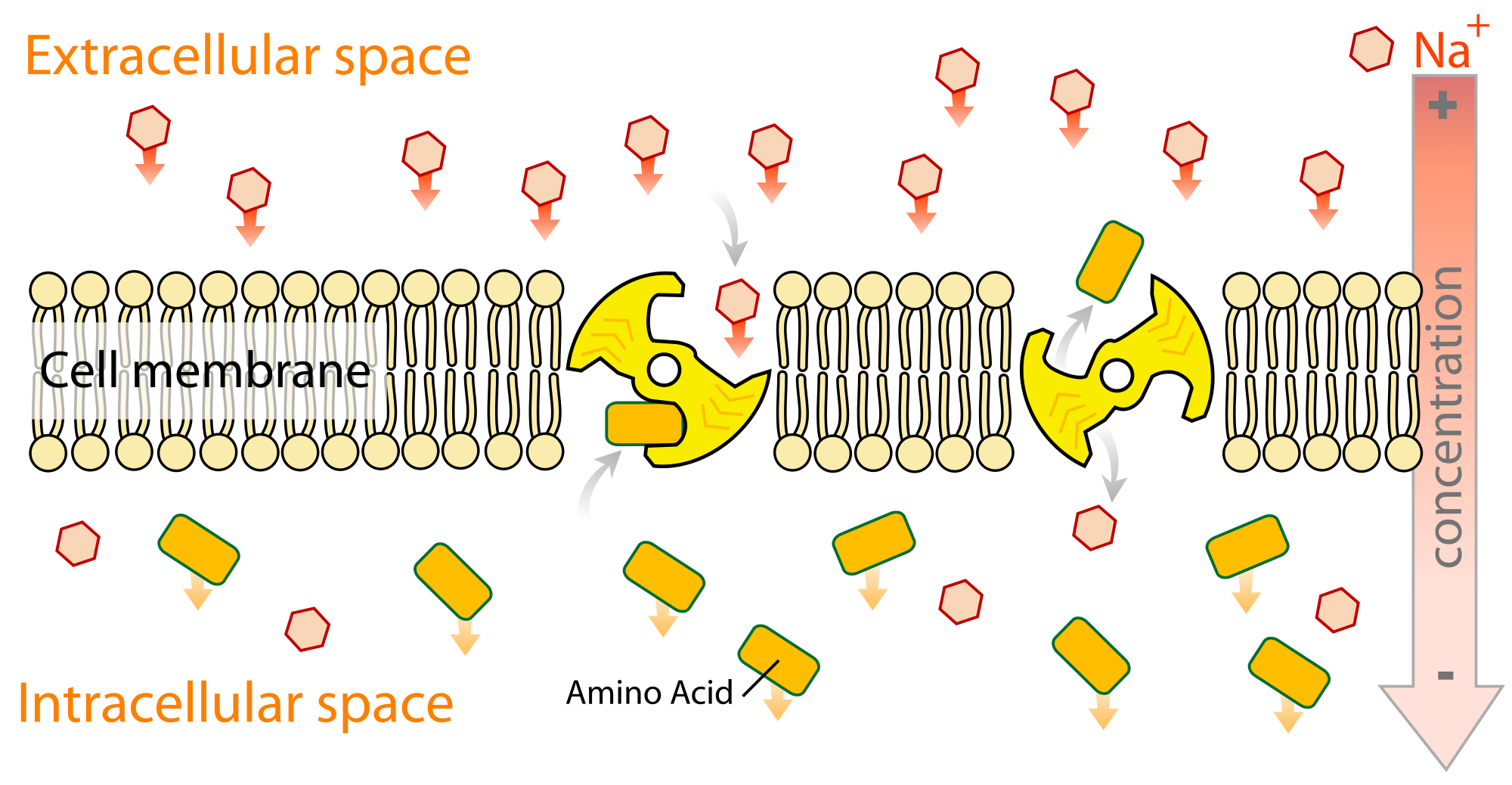
Process Of Active Transport In Root Hair Cells Plants Transport Informations Lane
Moving Against a Gradient To move substances against a concentration or electrochemical gradient, the cell must use energy. This energy comes from ATP generated through the cell's metabolism. Active transport mechanisms, or pumps, work against electrochemical gradients.
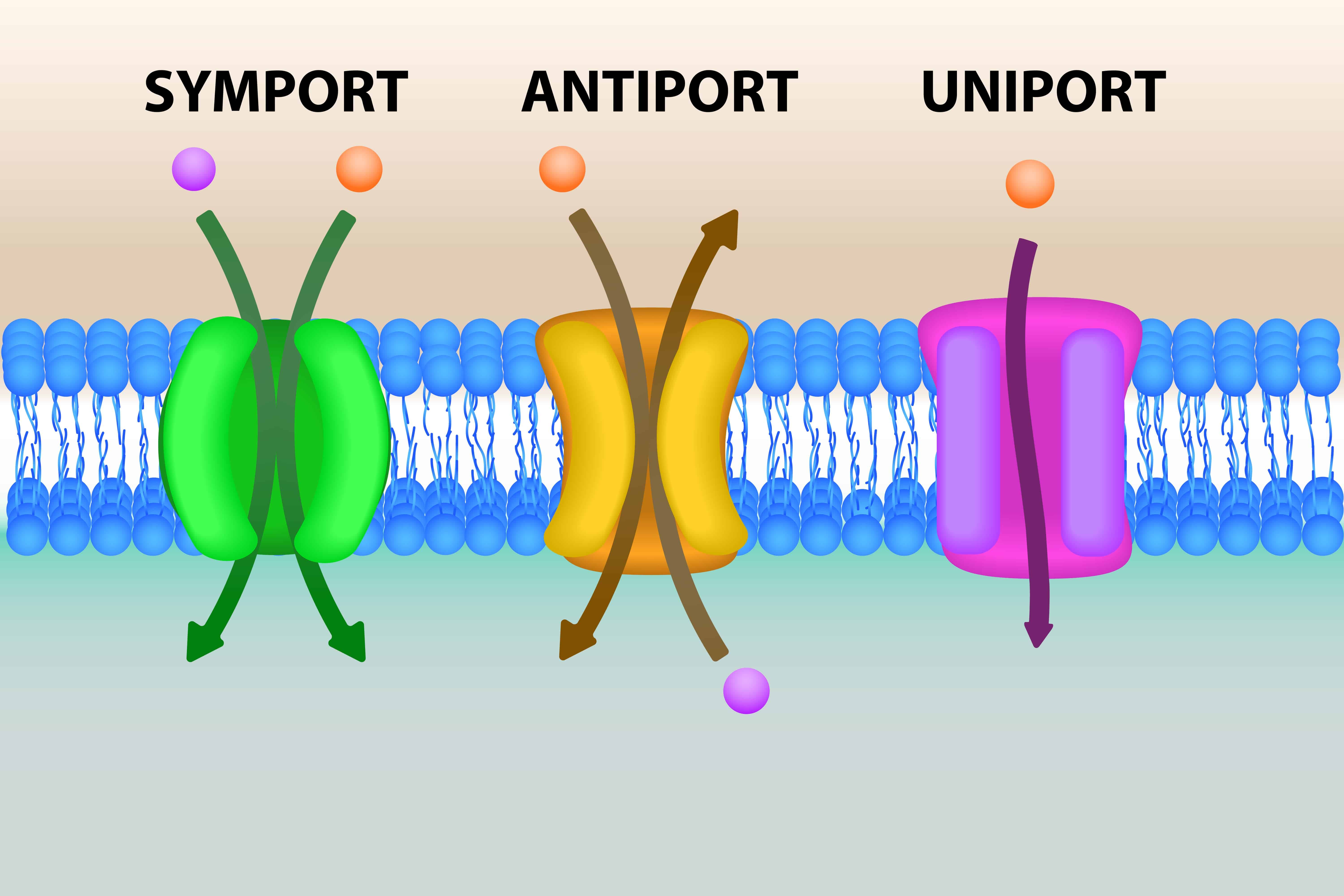
7 Different Types of Active Transport PopOptiq
Secondary active transport brings sodium ions, and possibly other compounds, into the cell. As sodium ion concentrations build outside of the plasma membrane because of the action of the primary active transport process, an electrochemical gradient is created. If a channel protein exists and is open, the sodium ions will be pulled through the.
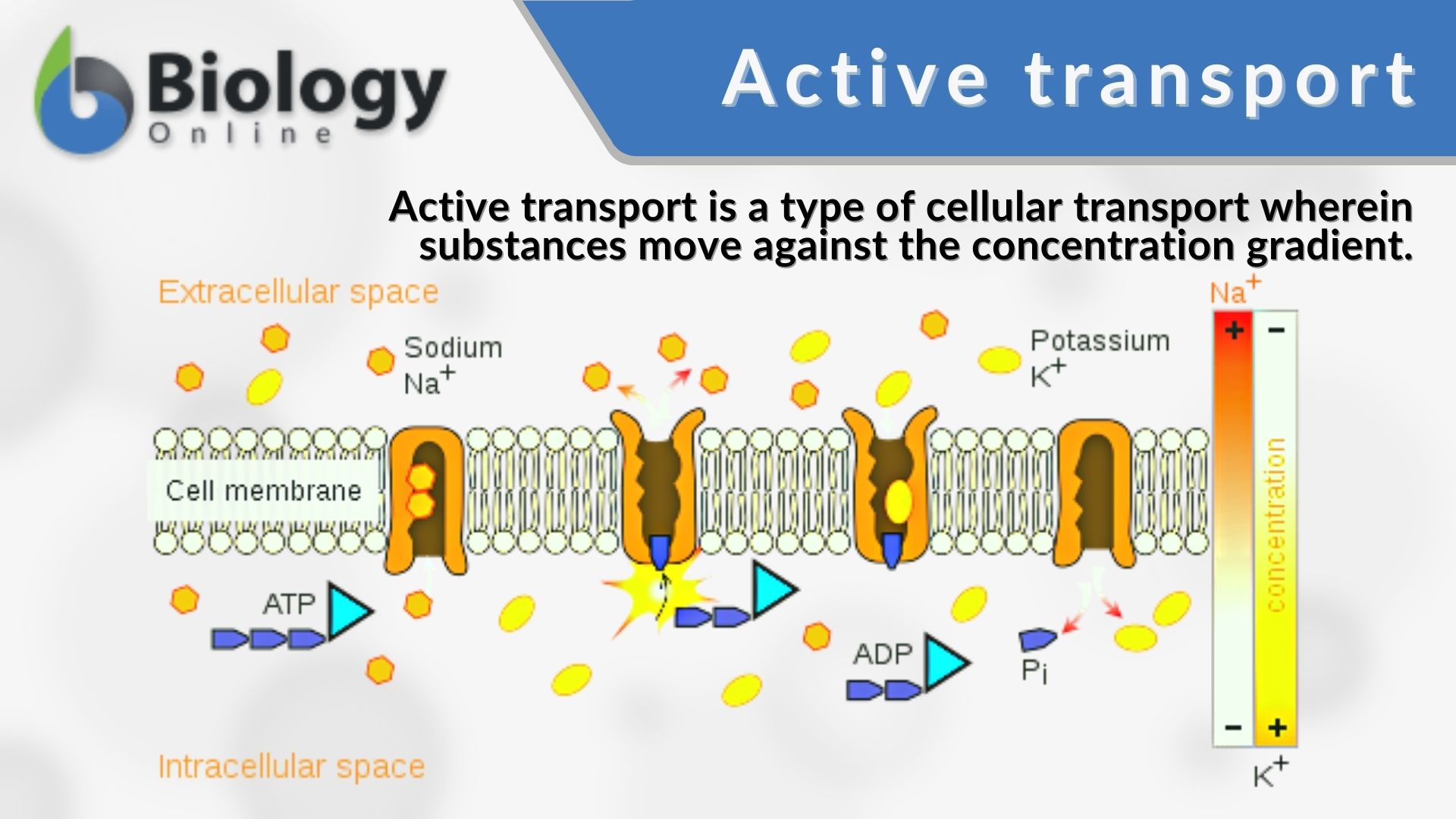
Active Transport Carrier Proteins Transport Informations Lane
The primary active transport that functions with the active transport of sodium and potassium allows secondary active transport to occur. The second transport method is still active because it depends on using energy as does primary transport (figure 16.11). Figure 16.11: Primary active transport. One of the most important pumps in animal cells.
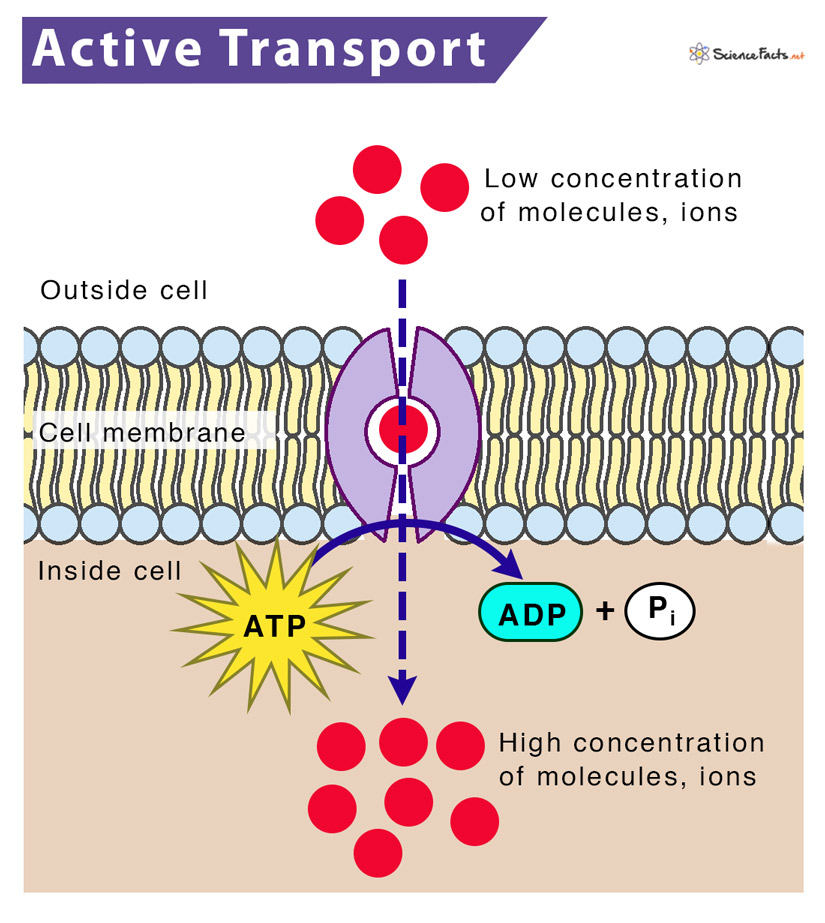
Active Transport Definition, Types, Functions and Diagram
Secondary active transport is a form of active transport across a biological membrane in which a transporter protein couples the movement of an ion (typically Na + or H +) down its electrochemical gradient to the uphill movement of another molecule or ion against a concentration/electrochemical gradient.